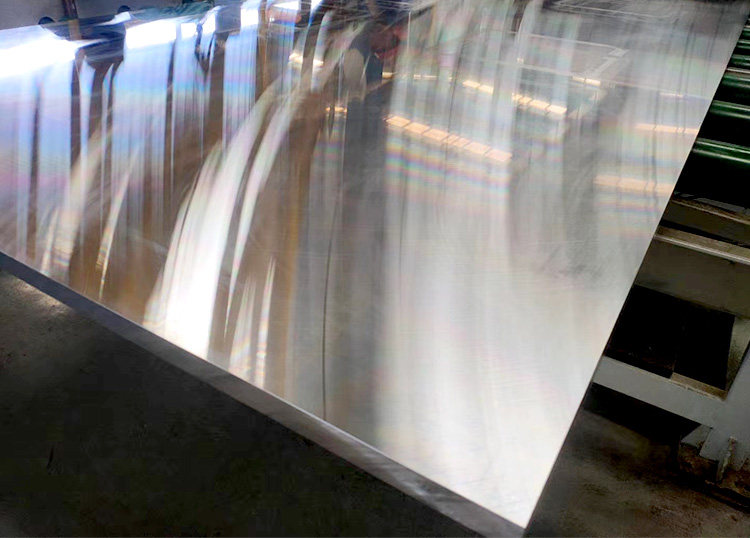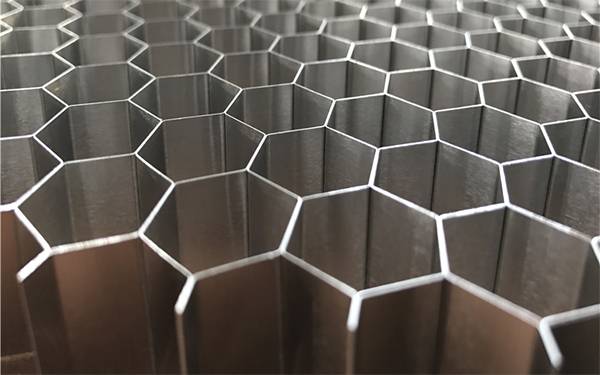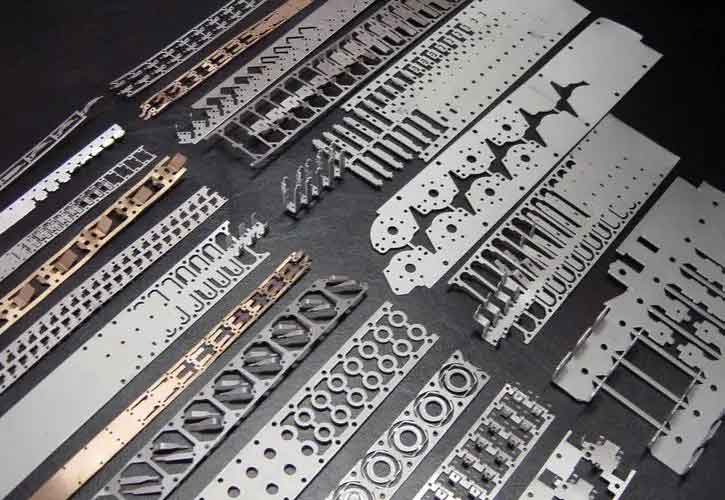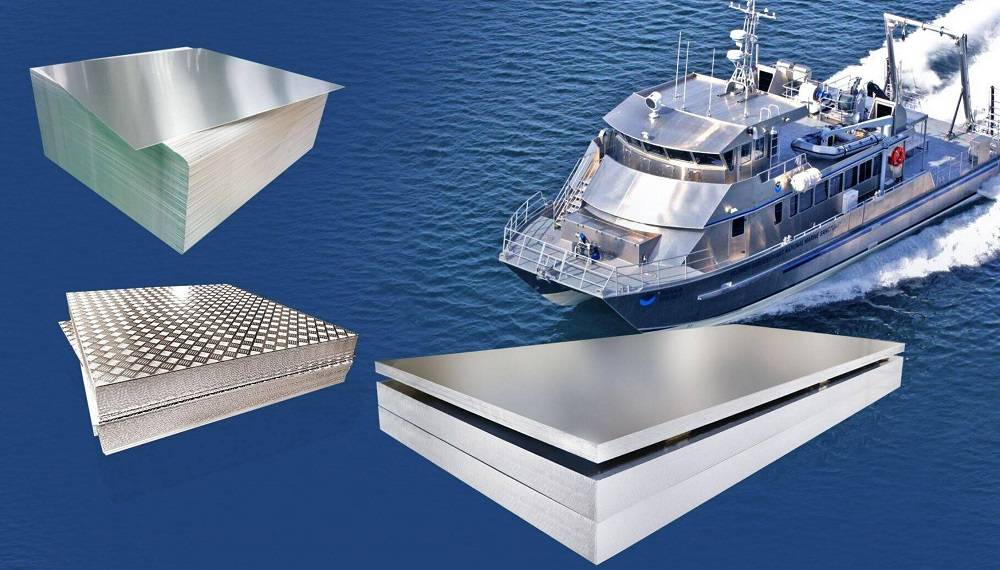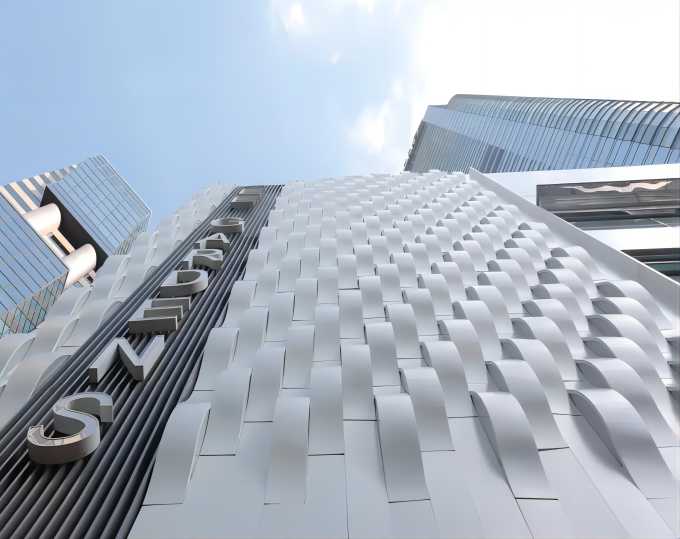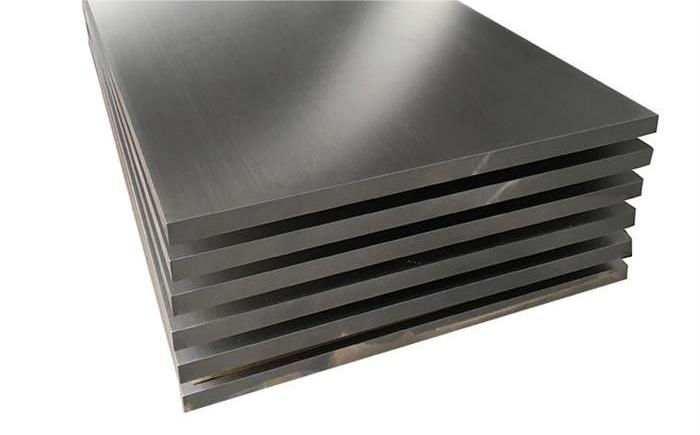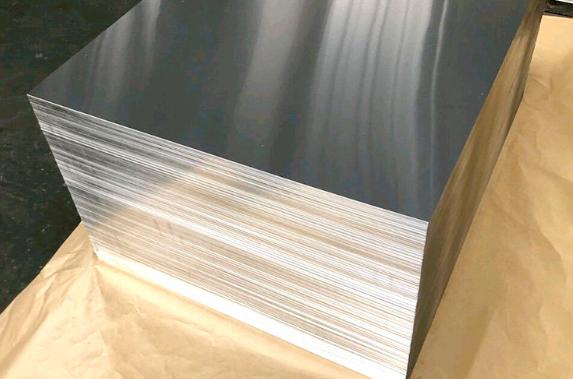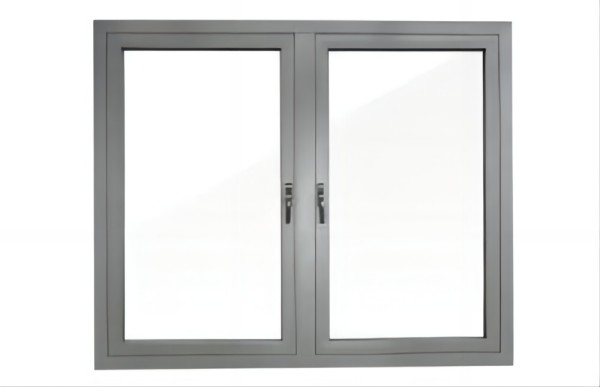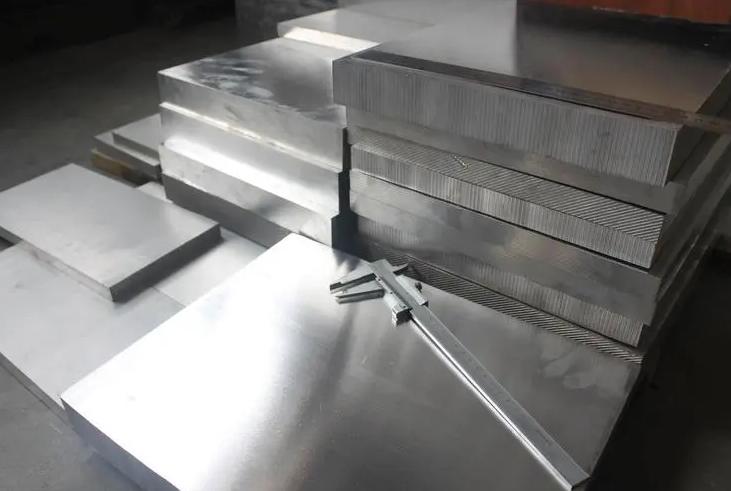Numerous advantages of aluminium include its light weight and high level of corrosion resistance. It can be utilized for a variety of industrial purposes and is available in the form of plates or sheets, both of which can be constantly recycled without losing any of their original qualities.
What is Aluminium Sheet?
Aluminium in its basic raw form is crushed and rolled into panels under tremendous pressure to create aluminum sheets, also called aluminum plates.
Aluminium sheet is commonly generated to be extremely thin, lightweight, and robust enough to give extreme adaptability in addition to being inherently simple to install and maintain. It also has many other distinctive and advantageous qualities that make it very commonly used today across a huge range of industrial, agricultural, house, and manufacturing/production applications.
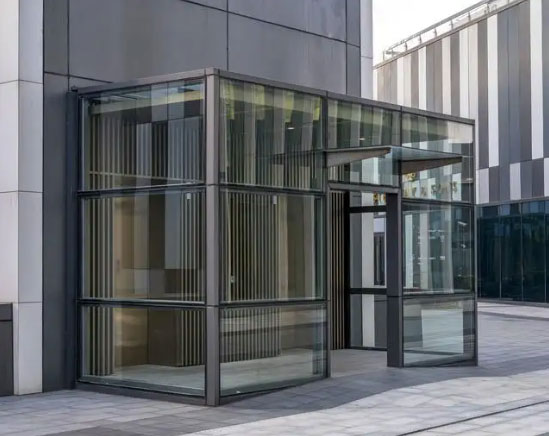
3 Types of Aluminium Sheet
Today’s market offers a wide variety of aluminium sheet kinds for purchase. This section will have a look at some of the more popular aluminum sheet goods available from different sources and manufacturers.
- Perforated aluminium sheets
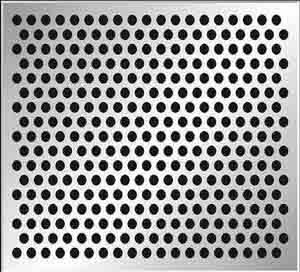
In situations when the primary consideration is aesthetics, such as when building various types of floors, ceilings, screens, sun blinds, and other architectural or ornamental panels, perforated sheet or plate aluminium is also utilized. This is particularly prevalent in interior/exterior design work. It is widely used in sluicing, drainage, and collection functions in washing industrial and drying stations. Other typical applications include the food industry, factory, or laboratory settings.
- Chequered aluminium sheets
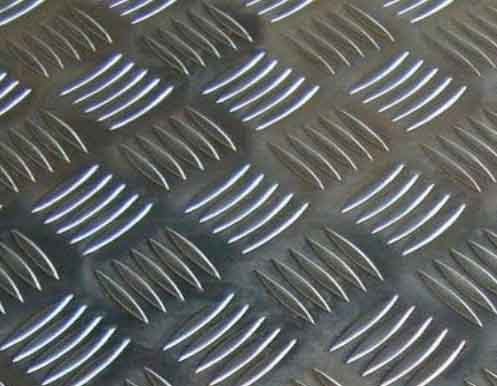
Aluminium chequered plates are sheet metal panels with raised hatch marks on one side and a smooth surface on the other. The raised pattern is typically embossed to a height of around 1.5mm. They go by several names, including “checker plates,” “tread plates,” “5 bar sheets,” and “durbar floor plates.” They are often composed of aluminum, though steel versions are also available.
They are appropriate for usage in the interior or exterior locations with high foot traffic and heavy wheeled traffic, such as service corridors, loading bays, and parking lots since they are reasonably thick and durable sheets with better impact resistance and load-bearing capabilities. The embossed pattern hides surface blemishes and adds more traction to prevent slides and skids.
- Composite aluminium sheets
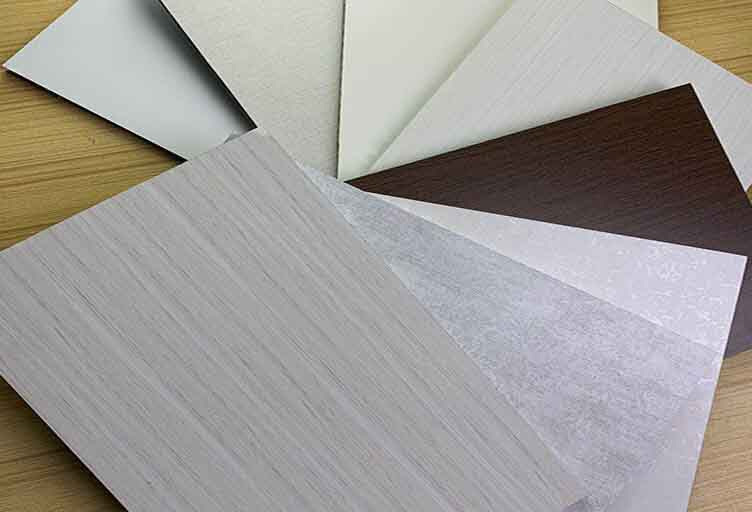
Composite aluminium sheets or panels consist of two thin strips of coil-coated aluminum. The abbreviation is ACS or ACP (often plastic). They are frequently employed as thin, strong panels for building facades or outside cladding, as well as in numerous insulation and folding panel applications.
Sandwich panels or Dibond sheets are other names for aluminium composite panel sheets, which are substantially lighter than solid metal alternatives. Because of this, they are much simpler to machine, cut, and cleanly shape using basic equipment. They are also a lot simpler to install and maintain in daily use. As a result, they are a great choice for fascia panels, column cladding, and other exterior ornamental components, as well as for weatherproof signs and sign trays (especially if more delicate design work, like decorative lettering, is required).
Common Applications of Aluminium Sheet
- Packing
The food and beverage industry frequently uses aluminium sheets for packaging. Because it is pliable and simple to manufacture, aluminium is the perfect metal for canned products. Both food and thinner, lighter drink cans are used with it. The fact that aluminium doesn’t rust is just one of the many benefits of using it for food and beverage packaging. Cans first used aluminium in 1957.
- Vehicle bodies
For auto bodywork and paneling, sheet aluminium is frequently utilized in the automotive industry. Due to its lightweight qualities, aluminum has surpassed steel in popularity in the production of modern automobiles.
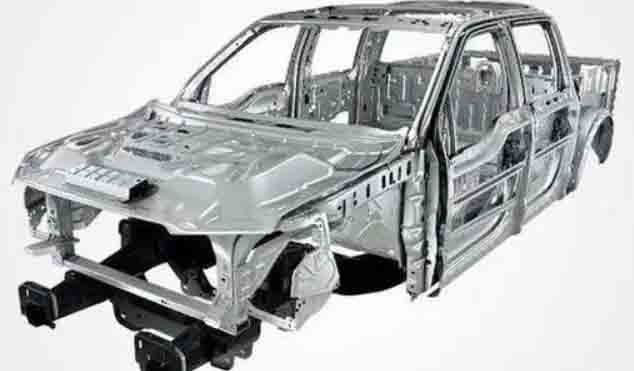
- Appliances
Aluminium is a common material for a variety of home appliances, such as washing machines, dryers, and refrigerators, due to its lightweight, structural strength, and thermal properties. aluminum is also frequently used to make gadgets like phones and laptops.
- Cookware
Aluminum is a preferred material for a variety of cookware due to its strength and low weight. Additionally, it is an excellent heat conductor, making it perfect for cookware and saucepans where an even distribution of heat is crucial.
How are Aluminium Sheets Produced?
Currently, only raw bauxite, an ore found several meters below the surface of the ground in thick clay-like soil types, is used to extract aluminium. Alumina, a white oxide powder, is created by refining this ore in a hot lime and caustic soda solution. This oxide transforms into the liquid metal we know as aluminum when heated to high temperatures and coupled with electricity and carbon (to create CO2).
Depending on the final use for the metal, this liquid metal is then shaped into various ingots or alloys. Ingots of aluminium that can weigh up to 20 tons and measure up to 20 feet in length are typically made for use as tubes, rods, sheets, and angles. These ingots have exceptionally ductile (formable) qualities. Because of this, it is simple to roll or press them at different pressures and temperatures to create aluminium plates, aluminium sheets, aluminium foils and other forms with any useful thickness.
How to Choose Aluminium Sheet Size?
There are numerous sizes of aluminum foil, sheets, and plates available for purchase worldwide. Any aluminium panel between approximately 0.2mm and 6.5mm thick is normally categorized and marketed as an aluminium sheet, although thinner gauge items than this are frequently categorized and sold as foils. Most frequently, aluminum plate refers to gauges that are thicker than 6.5mm (approximately a quarter of an inch).
The degree of flexibility or rigidity necessary for the sheet to fulfill its intended function will determine the best option.



